SGGP
According to NHK, Japan's Ministry of Industry will fund a number of projects to put CO2 capture and storage technology into practical use. The CO2 capture process, known as CCS, separates and collects CO2 emitted from factories and stores it deep underground.
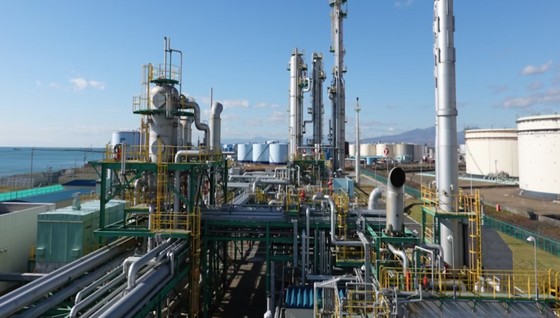 |
| CO2 Capture and Storage Project in Hokkaido, Japan |
The trial is currently underway in Hokkaido. The government will provide financial support for seven new projects, scheduled to start in fiscal 2030, including five in Japan and two overseas. One of these, involving Japanese energy company Eneos and others, will store CO2 emitted from refineries and thermal power plants off the coast of northern and western Kyushu.
Another project will store CO2 captured from steel mills in areas along the Sea of Japan, involving Itochu Trading Co. and Nippon Steel Co. One of the two overseas projects involves Mitsui & Co. Trading Co., in which CO2 captured in Japan will be transported and stored in areas off the coast of Malaysia.
The Japanese government aims to store up to 12 million tons of CO2 underground by 2030, equivalent to 1% of Japan's annual CO2 emissions.
According to data released by Japan's Ministry of the Environment at the end of April, in the 2021-2022 fiscal year, greenhouse gas emissions in the East Asian country increased to the equivalent of 1.17 billion tons of CO2 , compared to 1.15 billion tons a year earlier. Therefore, in addition to the CO2 capture and storage plan, Japan is planning to expand offshore wind power facilities to its exclusive economic zone (EEZ) to step up efforts to be carbon neutral and ensure energy security.
According to Kyodo news agency, Japan, which has few natural resources, relies on thermal power. In the context of the world increasingly moving towards carbon reduction measures, Japan also needs to exploit more renewable energy sources, which currently account for a low proportion of the country's total energy output. In the world, some European countries such as the UK, Belgium and the Netherlands have built wind farms in their EEZs. China and South Korea are also stepping up wind power production.
Japan currently has offshore wind turbines fixed to the seabed in its territorial waters. In its deep-water EEZ, experts say floating turbines are more suitable, and it will take years for these facilities to become operational.
Japan is now aiming to increase offshore wind power capacity to 30-45 gigawatts, equivalent to the capacity of about 45 nuclear reactors. The Japanese government also aims for renewable energy to account for 30%-36% of total energy production by fiscal 2030, double the level in fiscal 2019.
The problem with the construction of offshore wind power facilities in the EEZ is that the Japanese government will have to decide where these facilities are allowed to be installed and consult with relevant parties.
The expert group's report stated that the Japanese government could establish safety zones around facilities and structures such as wind turbines, but at the same time must ensure freedom of navigation for all countries.
Source


![[Photo] Looking back at the impressive moments of the Vietnamese rescue team in Myanmar](https://vstatic.vietnam.vn/vietnam/resource/IMAGE/2025/4/11/5623ca902a934e19b604c718265249d0)


![[Photo] "Beauties" participate in the parade rehearsal at Bien Hoa airport](https://vstatic.vietnam.vn/vietnam/resource/IMAGE/2025/4/11/155502af3384431e918de0e2e585d13a)


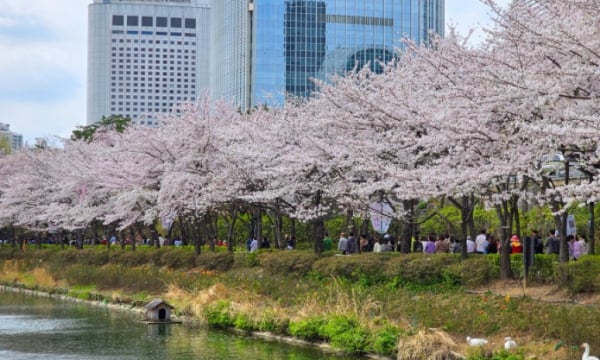



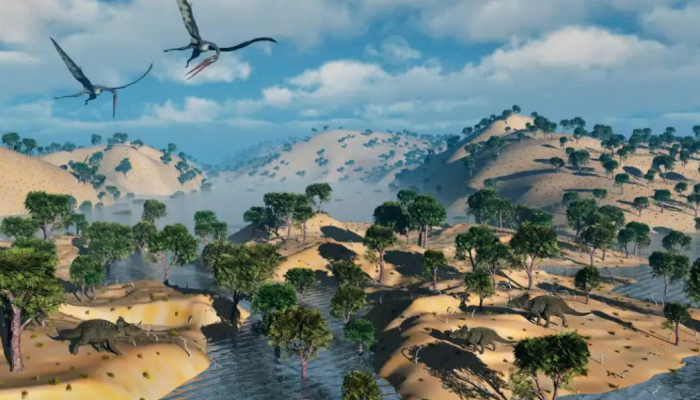

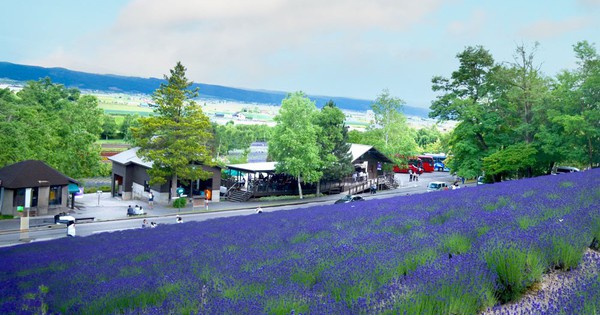

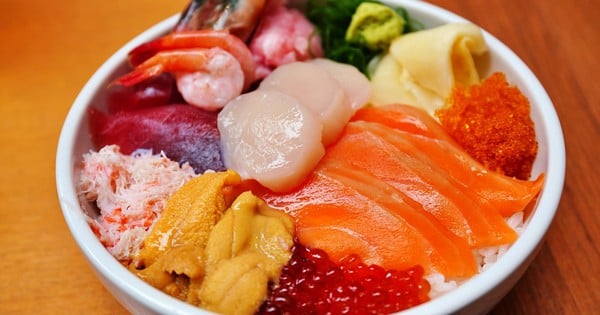

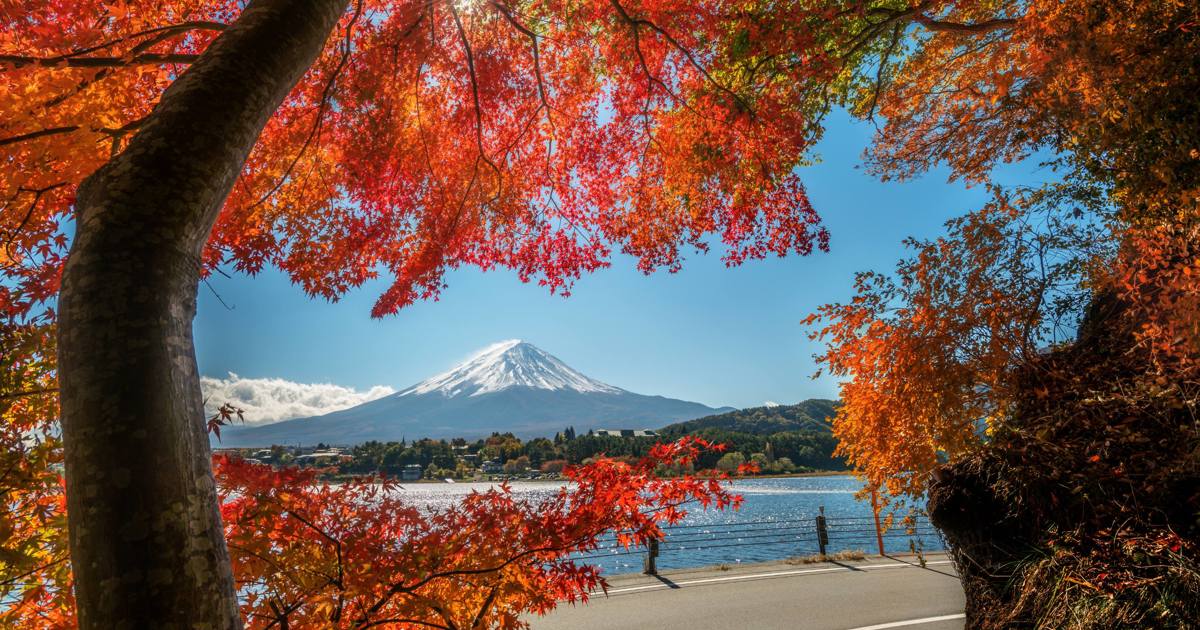

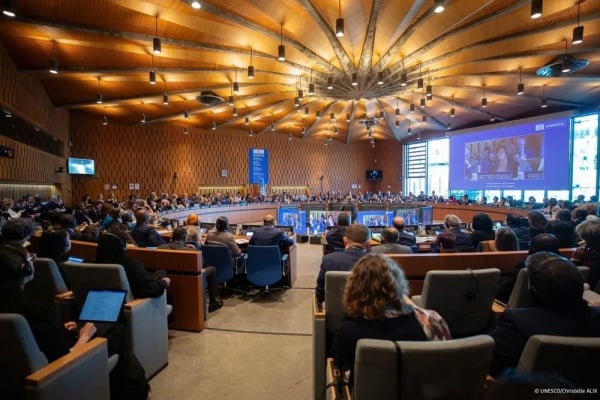
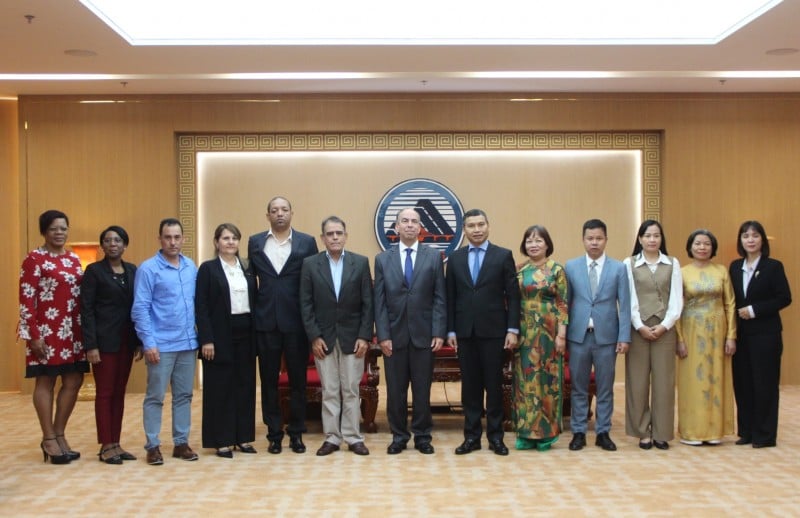
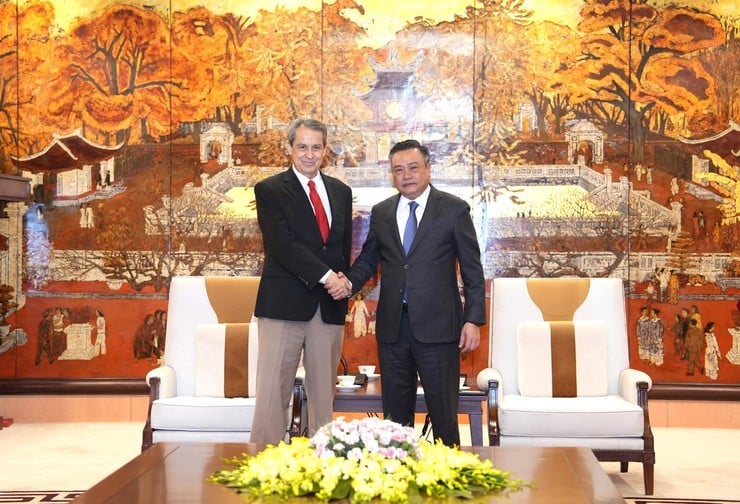

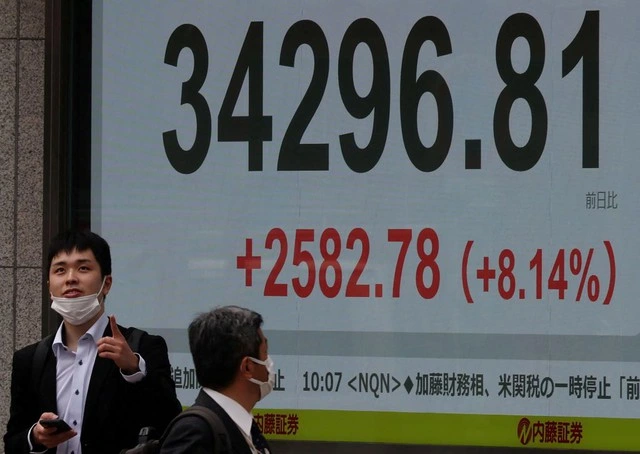
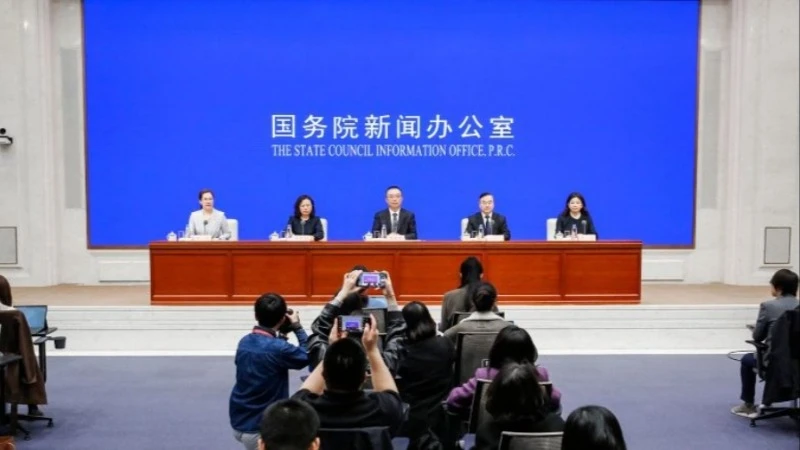


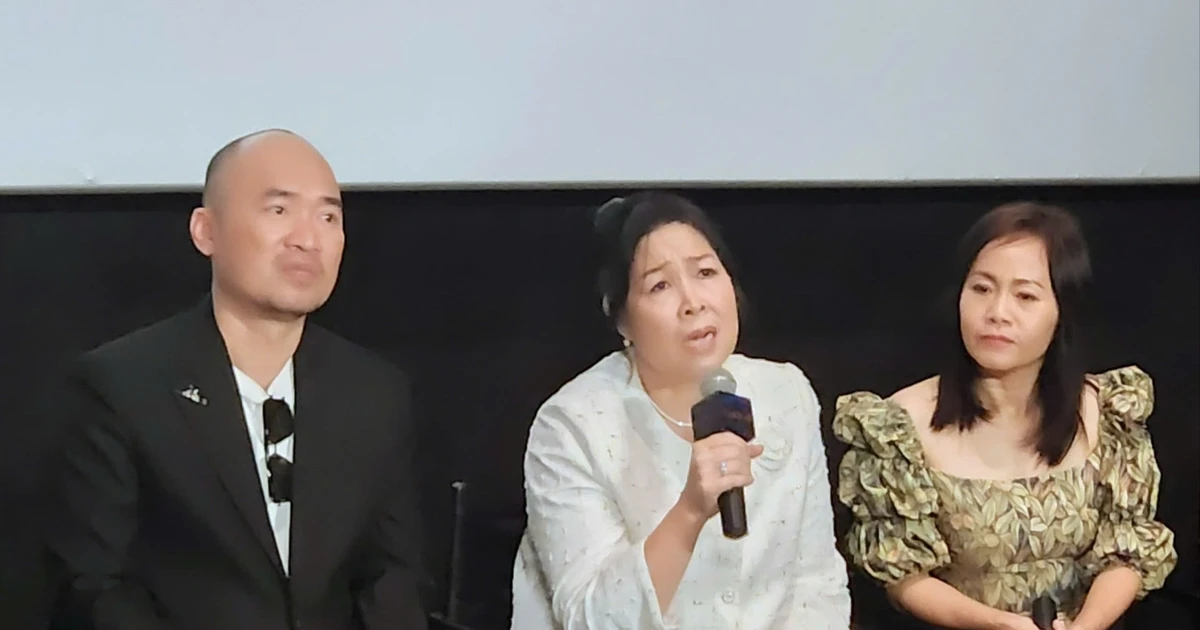




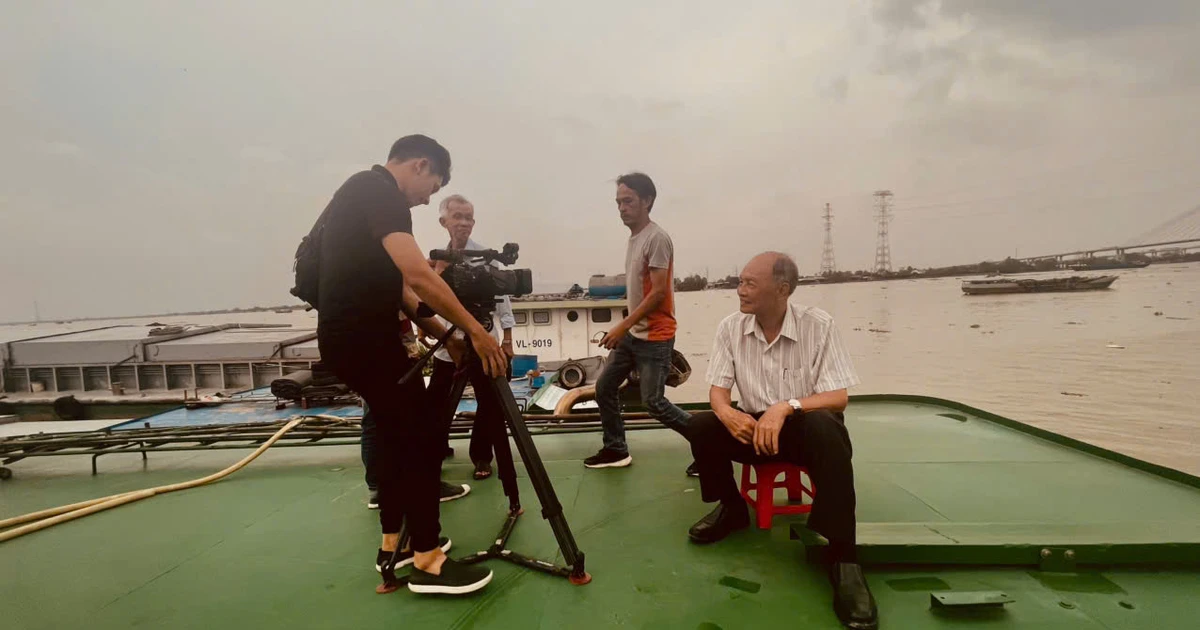

![[Photo] Summary of parade practice in preparation for the April 30th celebration](https://vstatic.vietnam.vn/vietnam/resource/IMAGE/2025/4/11/78cfee0f2cc045b387ff1a4362b5950f)





































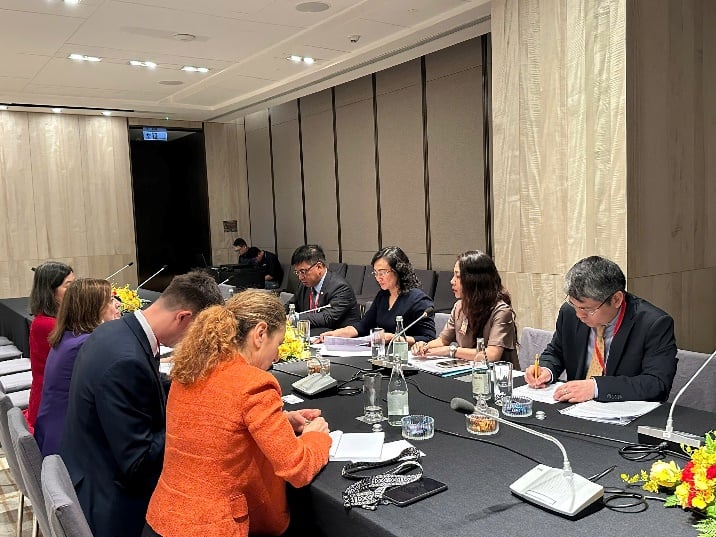
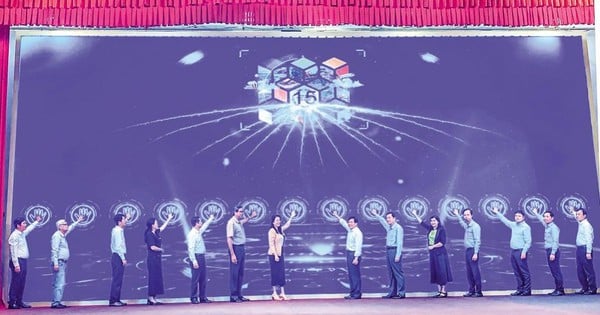

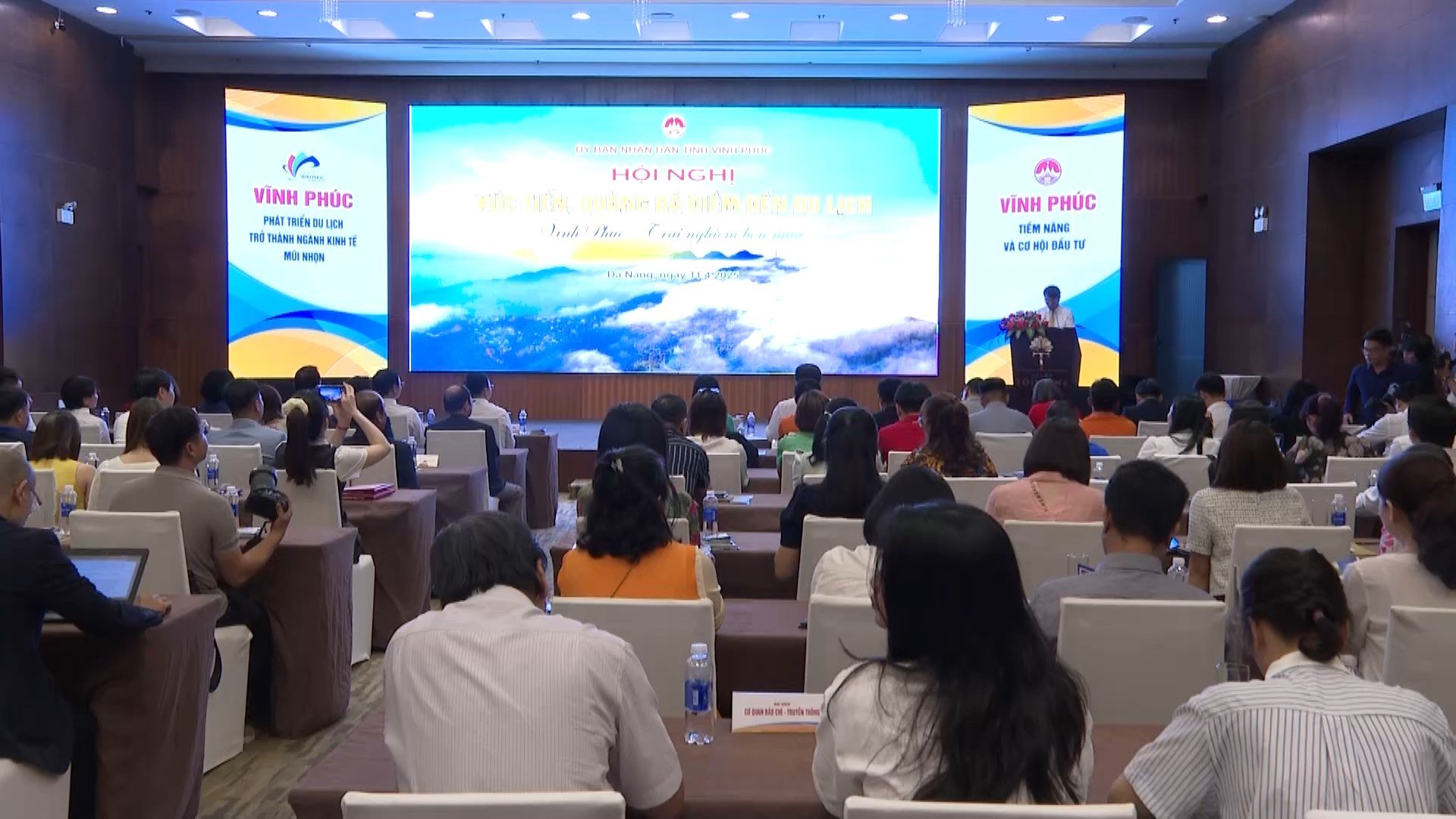



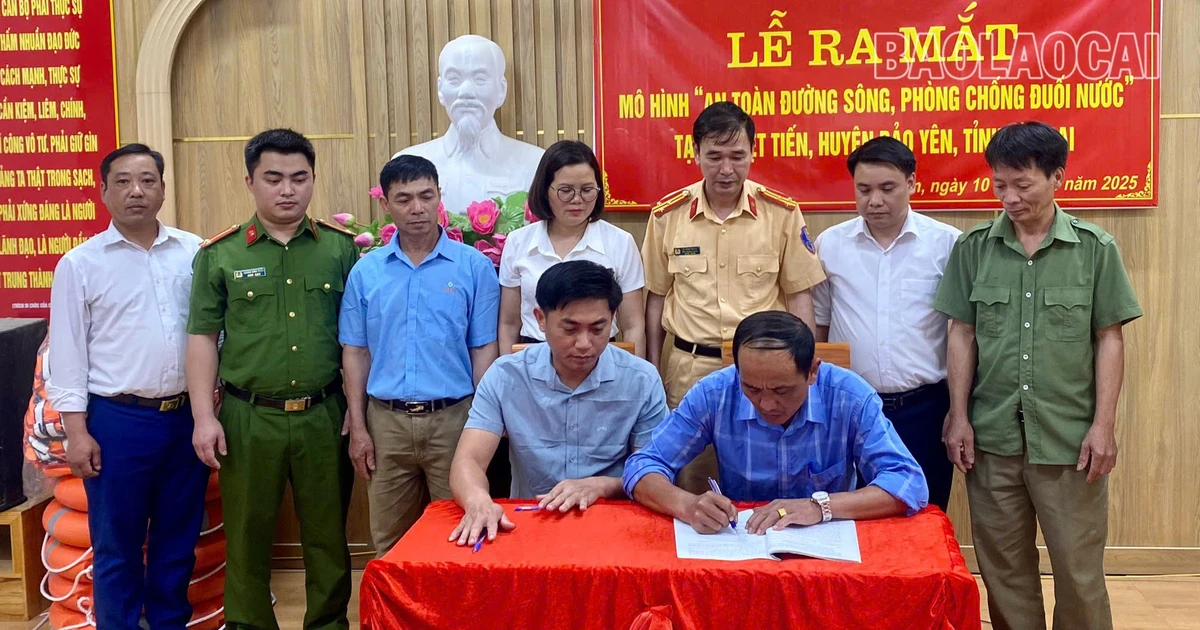
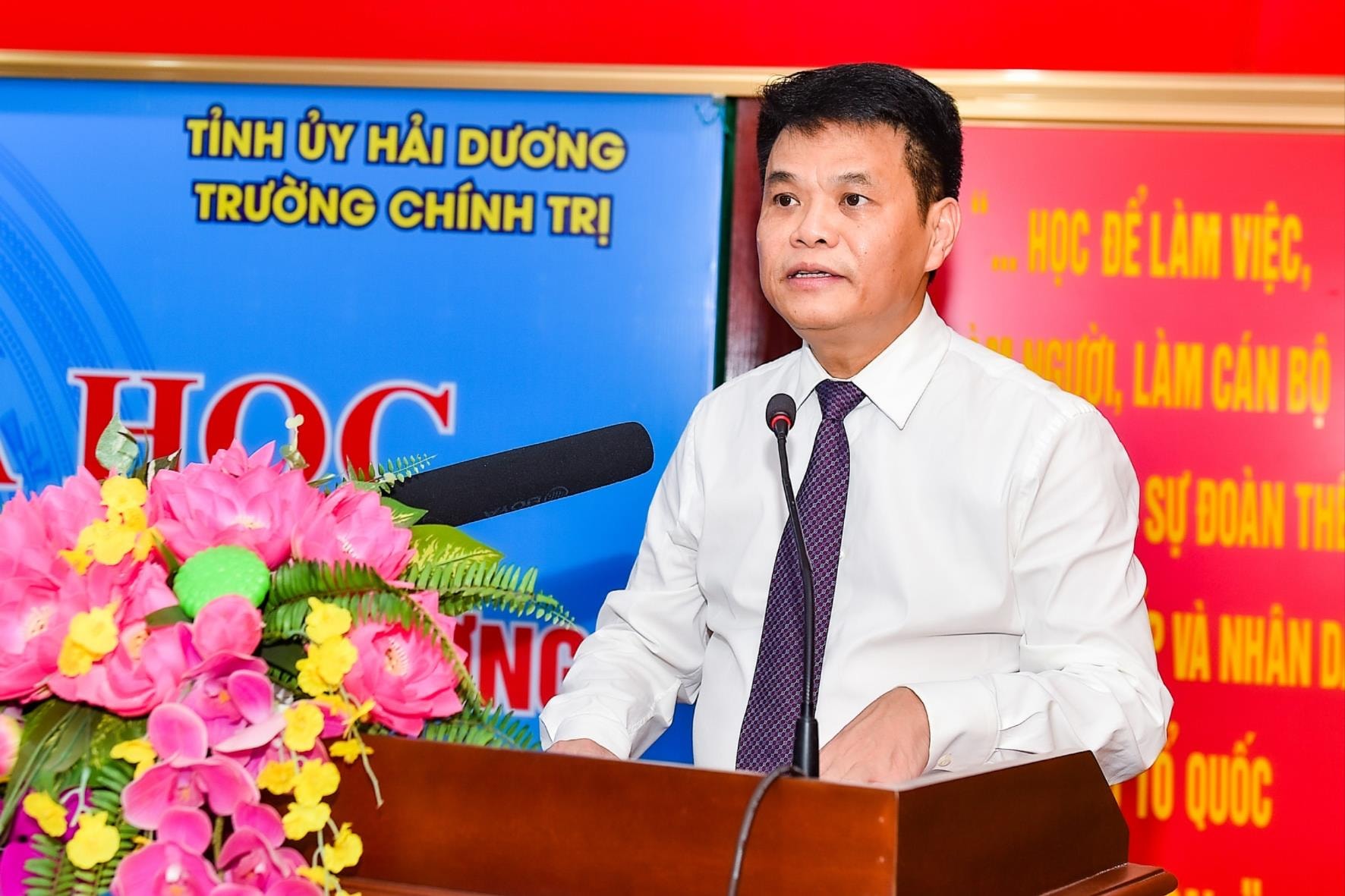

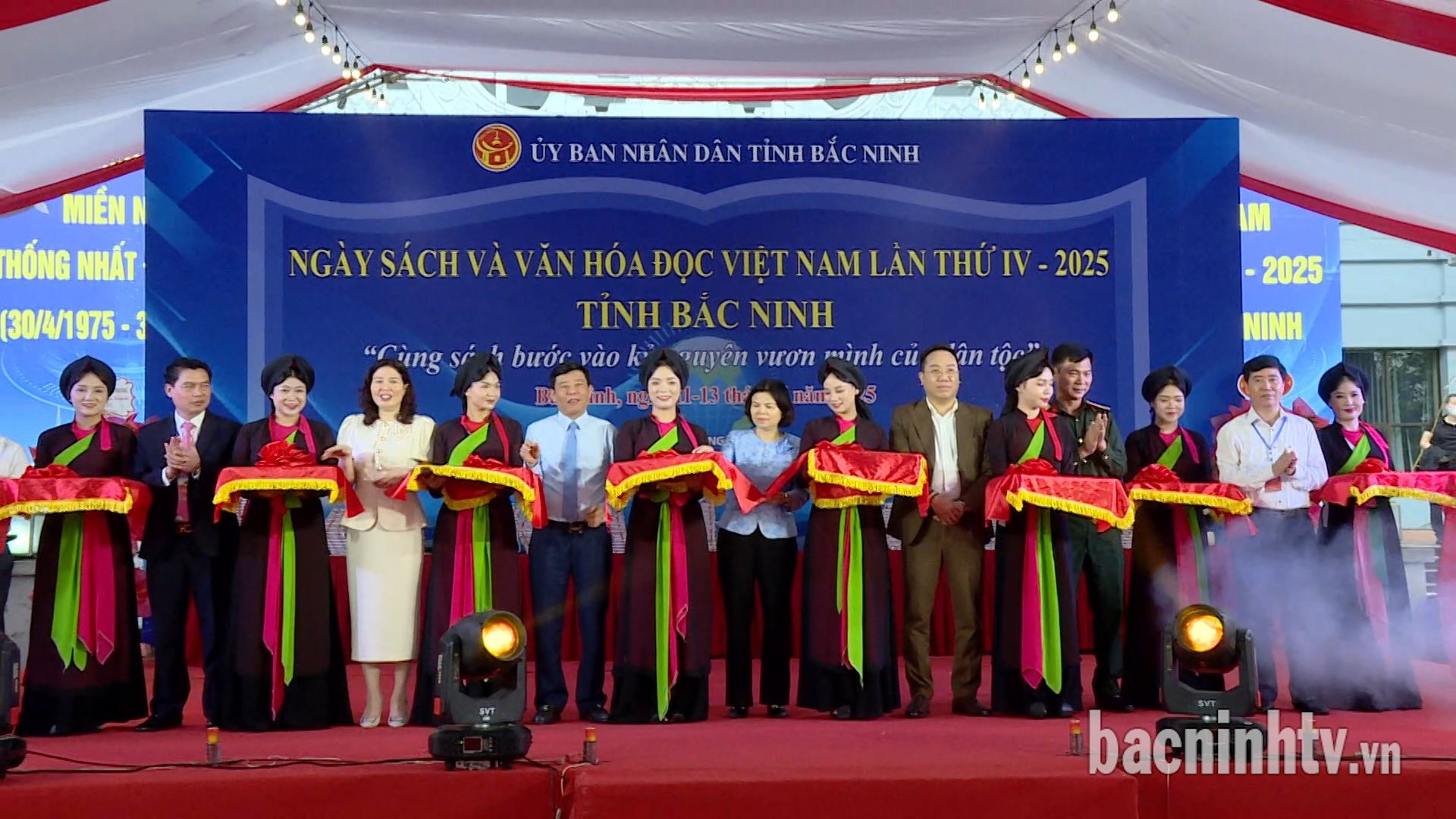











Comment (0)